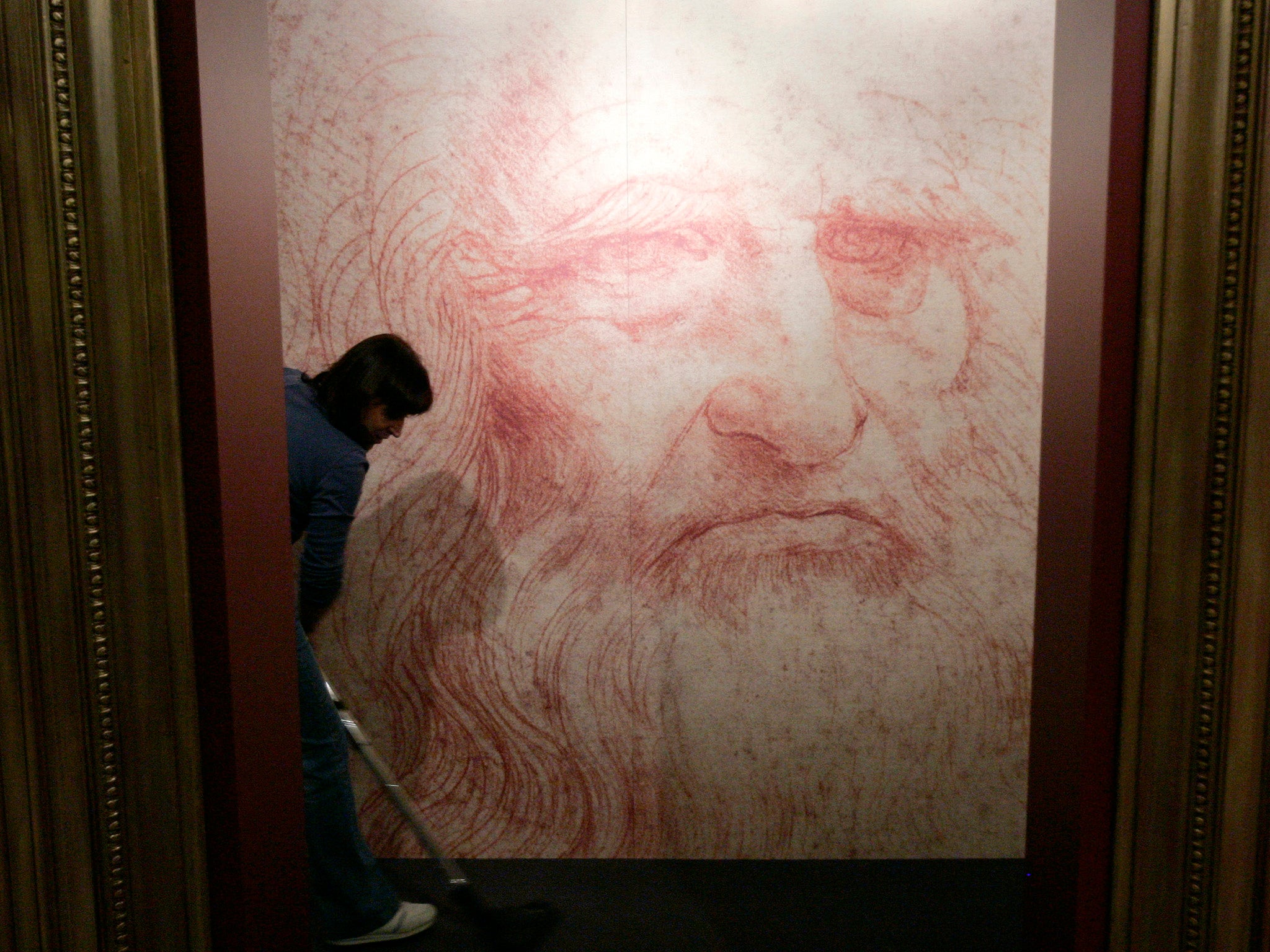Scientists Close in on Leonardo da Vinci’s DNA
An international team is nearing the reconstruction of Leonardo da Vinci’s DNA through decades of genealogical research, DNA testing of living descendants, and analysis of excavated family remains in Vinci, Italy, potentially unlocking secrets about his health, genius, and the authenticity of his works.

After more than 30 years of painstaking genealogical research, scientists are closer than ever to reconstructing the DNA of Leonardo da Vinci, the Renaissance polymath whose life and work have fascinated the world for over five centuries. The Leonardo da Vinci DNA Project—an ambitious international collaboration involving institutions such as the University of Florence, The Rockefeller University, and the J. Craig Venter Institute—has now identified 15 direct male-line descendants of Leonardo’s father and half-brother, with six of them undergoing DNA analysis that confirmed the genetic continuity of the Da Vinci Y chromosome for at least 15 generations[1][2][3]. This breakthrough, detailed in the newly published book “Genìa Da Vinci. Genealogy and Genetics for Leonardo's DNA” by Alessandro Vezzosi and Agnese Sabato of the Leonardo Da Vinci Heritage Association, lays the groundwork for one of the most advanced historical-genetic investigations ever attempted[1][2][3]. The next critical step is to compare this living DNA with genetic material extracted from bone fragments recently excavated from a Da Vinci family tomb in the Church of Santa Croce in Vinci, believed to belong to Leonardo’s grandfather, uncle, and half-brothers[1][2][3]. Preliminary analysis has identified at least one male specimen, but further tests are needed to confirm the preservation and relevance of the ancient DNA[1][2][3]. If successful, this could not only validate centuries of genealogical records but also bring researchers within reach of Leonardo’s own genetic profile, offering unprecedented insights into his biology, health, and even the authenticity of disputed artworks through traces left on manuscripts[1][2][3]. “Even a tiny fingerprint on a page could contain cells to sequence,” says Jesse H. Ausubel of The Rockefeller University, director of the project. “21st-century biology is moving the boundary between the unknowable and the unknown. Soon we may gain information about Leonardo and other historical figures once believed lost forever”[1][2]. The project’s implications stretch far beyond ancestry, potentially revealing whether Leonardo’s famed visual acuity, creativity, or left-handedness had genetic roots, and shedding light on his diet, health predispositions, and causes of death[1][2][3]. The research has also enriched the historical understanding of Leonardo’s family, revealing that his grandfather was a merchant who traveled between Catalonia and Morocco, and that his mother may have been a slave in the household of a wealthy banker—details that challenge romanticized narratives of his origins[1][2]. In a surprising non-genetic discovery, a large charcoal drawing dubbed the “Unicorn Dragon,” found on a fireplace mantle in Vinci and bearing stylistic similarities to Leonardo’s known works, is now under scientific analysis for possible attribution to the master himself[1][2]. The Municipality of Vinci has planned restoration and further study of the drawing, which, if authenticated, would add a new dimension to Leonardo’s artistic legacy[1][2]. The project also highlights Leonardo’s own prescient musings on heredity, which today we recognize as early insights into epigenetics—the study of how environment and behavior can affect gene expression[1][2]. As the town of Vinci prepares for renewed global attention, the scientific community awaits the next phase of DNA analysis, which could redefine the limits of historical and genetic knowledge, and finally allow the “genetic voice” of one of history’s greatest minds to be heard across the centuries[1][2][3].